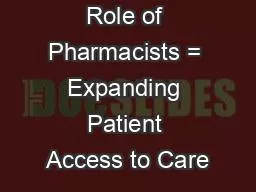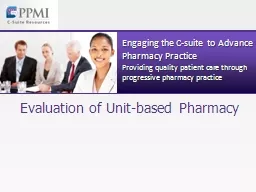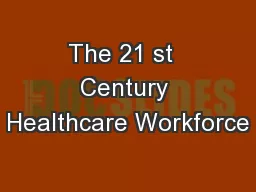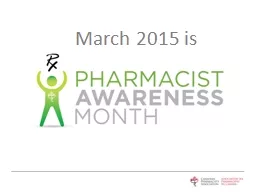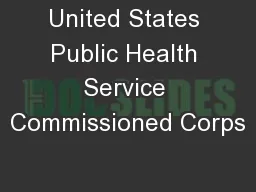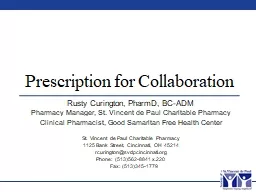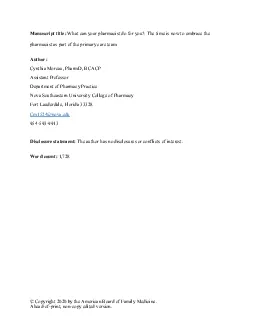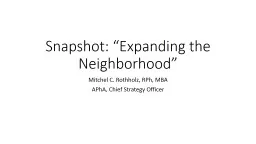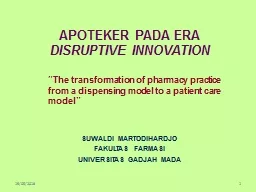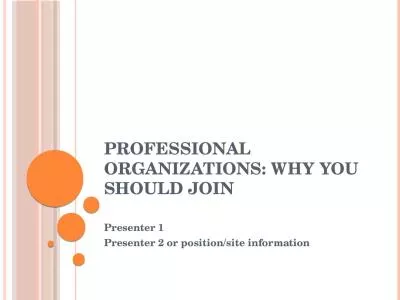PPT-Expanding the Role of Pharmacists = Expanding Patient Access to Care
Author : ginocrossed | Published Date : 2020-07-03
Legislative and Regulatory Update Nancy A Alvarez PharmD BCPS FAPhA President 20172018 American Pharmacists Association MPA Sesquicentennial Meeting Oct 14 2017
Presentation Embed Code
Download Presentation
Download Presentation The PPT/PDF document "Expanding the Role of Pharmacists = Expa..." is the property of its rightful owner. Permission is granted to download and print the materials on this website for personal, non-commercial use only, and to display it on your personal computer provided you do not modify the materials and that you retain all copyright notices contained in the materials. By downloading content from our website, you accept the terms of this agreement.
Expanding the Role of Pharmacists = Expanding Patient Access to Care: Transcript
Download Rules Of Document
"Expanding the Role of Pharmacists = Expanding Patient Access to Care"The content belongs to its owner. You may download and print it for personal use, without modification, and keep all copyright notices. By downloading, you agree to these terms.
Related Documents

